Mastering basic brewing techniques is essential for home brewers who strive to create exceptional beverages. Whether you’re a beginner or an experienced brewer looking to refine your skills, understanding the fundamentals of brewing is crucial. In this comprehensive guide, we will unravel the secrets of basic brewing techniques, equipping you with the knowledge and tools necessary to elevate your home brewing game.
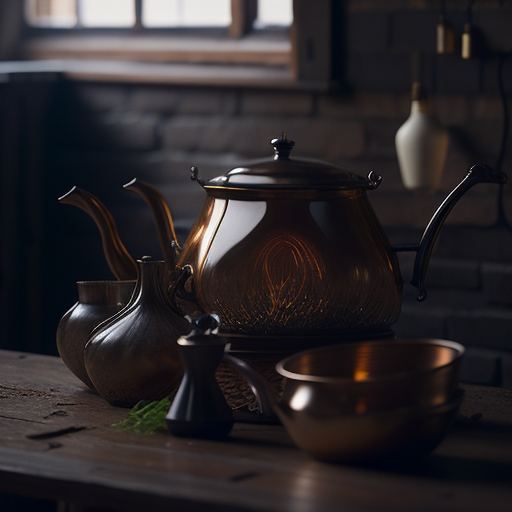
From understanding the key components of brewing, such as water, malt, hops, and yeast, to delving into the step-by-step brewing process, we will explore each stage in detail. You’ll learn about the significance of temperature, pH levels, and timing, and how they impact the final product. Additionally, we’ll discuss the essential equipment needed for successful brewing and provide recommendations for quality and budget-friendly options.
Whether you’re aiming to create flavorful craft beers or simply looking to enjoy the satisfaction of brewing your own beverages, this guide will empower you to unleash your creativity and achieve consistent, high-quality results. Get ready to embark on a brewing journey filled with knowledge, tips, troubleshooting advice, and the inspiration to create brews that delight your taste buds and impress your friends.
Table of Contents
The Fundamentals of Brewing
Understanding the Brewing Process
Brewing beer is a fascinating process that combines science, art, and craftsmanship. To master basic brewing techniques, it is crucial to have a solid understanding of the brewing process. At its core, brewing involves transforming simple ingredients into a complex and flavorful beverage.
Components of Beer
Beer consists of four essential components: water, malt, hops, and yeast. Each ingredient plays a crucial role in shaping the character and flavor of the final product.
- Water: Water is the primary ingredient in beer, constituting the majority of its composition. The quality and composition of water greatly influence the taste and mouthfeel of the beer. Different water sources and treatment methods can result in distinct beer styles.
- Malt: Malt is created by germinating and kilning barley grains. During the malting process, enzymes are activated, converting complex starches into fermentable sugars. The type and roast level of the malt used impact the color, flavor, and body of the beer.
- Hops: Hops are flowers that contribute bitterness, aroma, and flavor to beer. They balance the sweetness of the malt and act as a natural preservative. The variety, quantity, and timing of hop additions determine the beer’s bitterness, aroma, and hop character.
- Yeast: Yeast is responsible for fermentation, the process where yeast consumes the sugars in the wort (unfermented beer) and produces alcohol, carbon dioxide, and various flavor compounds. There are two main types of yeast used in brewing: ale yeast and lager yeast. Each imparts different flavors and operates at different temperature ranges.
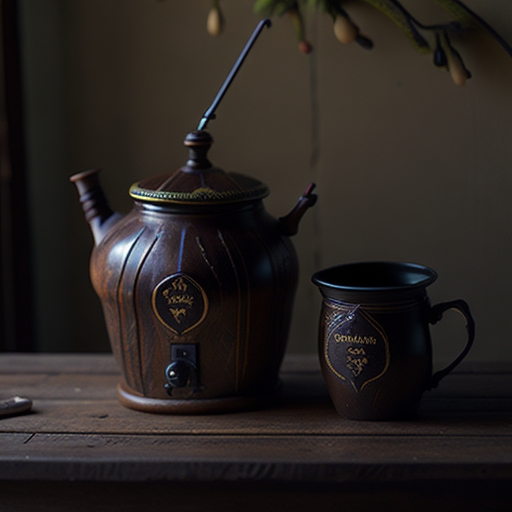
The Role of Each Component in Brewing
Understanding the role of each component is essential for controlling the brewing process and achieving desired outcomes.
- Water: Water serves as the solvent and medium for extracting flavors from the malt and hops. It also affects pH levels, which influence enzymatic activity during mashing and overall beer quality.
- Malt: Malt provides the sugars that yeast metabolizes during fermentation. It also contributes to the beer’s color, body, and flavor profile. Different types of malt, such as pale malt, caramel malt, and roasted malt, offer a wide range of flavor possibilities.
- Hops: Hops bring balance to the beer, providing bitterness to counteract the sweetness of the malt. They also contribute aroma and flavor, with citrus, floral, pine, and herbal notes being common hop characteristics.
- Yeast: Yeast converts fermentable sugars into alcohol and carbon dioxide, creating the primary flavors and aromas of the beer. It produces esters and other flavor compounds that contribute fruity, spicy, or phenolic notes.
Importance of Quality Ingredients
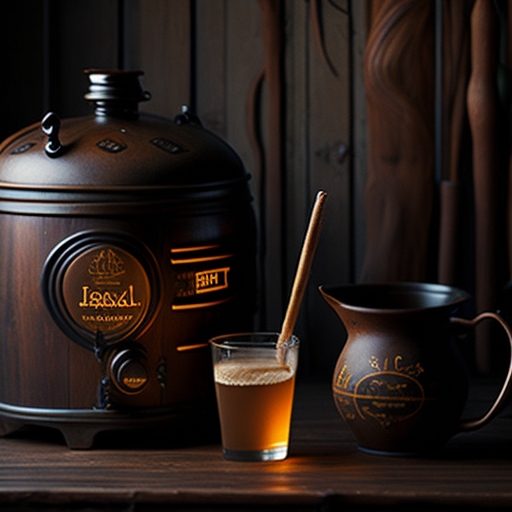
Using high-quality ingredients is crucial for producing exceptional beer. Fresh and properly stored malt, fresh hops, and healthy yeast cultures ensure optimal flavor development and fermentation. Poor-quality ingredients or stale supplies can result in off-flavors and fermentation issues.
Investing in quality ingredients enhances the flavor of your beer and elevates the brewing experience. Source ingredients from reputable suppliers, store them correctly and pay attention to expiration dates to ensure success in your home brewing endeavors.
By understanding the fundamentals of brewing and the role of each component, you’ll make informed decisions throughout the brewing process. With the right ingredients and techniques, you can create outstanding brews that reflect your passion and skill.
Essential Equipment for Basic Brewing
To embark on your brewing journey and master basic brewing techniques, it is important to have the necessary equipment. Here is an overview of the essential brewing equipment and their functions:
- Brew Kettle: A brew kettle, also known as a boiling pot, is used for boiling the wort (unfermented beer). It should have a capacity that allows for the desired batch size and should be made of a material that conducts heat efficiently, such as stainless steel or enamel-coated aluminum.
- Fermenter: A fermenter is a vessel where fermentation takes place. It should be able to withstand the pressure generated during fermentation and have an airtight seal. Options include plastic buckets, glass carboys, or stainless steel conical fermenters.
- Airlock: An airlock is a device that allows carbon dioxide to escape during fermentation while preventing oxygen and contaminants from entering the fermenter. It is usually filled with a sanitizing solution or water and attached to the fermenter.
- Thermometer: A thermometer is essential for monitoring and controlling the temperature throughout the brewing process. It helps ensure that the right temperature ranges are maintained for mashing, boiling, and fermentation. A digital or dial thermometer with a wide temperature range is recommended.

- Hydrometer: A hydrometer measures the specific gravity of the wort and fermented beer, providing information about the alcohol content and fermentation progress. It helps determine when fermentation is complete and assists in achieving desired beer characteristics.
- Racking Cane and Tubing: A racking cane, along with food-grade tubing, is used for transferring beer from one vessel to another, such as from the fermenter to a bottling bucket or bottles. It allows for easy and sanitary transfers without disturbing sediment.
- Bottle Capper: A bottle capper is required for sealing beer bottles. It securely crimps bottle caps onto the bottles, ensuring a tight and airtight seal. There are various types available, including handheld and benchtop models.
- Sanitizing Solution: Proper sanitation is crucial in brewing to prevent contamination and off-flavors. A sanitizing solution, such as a no-rinse sanitizer, is used to sanitize all equipment and surfaces that come into contact with the beer.
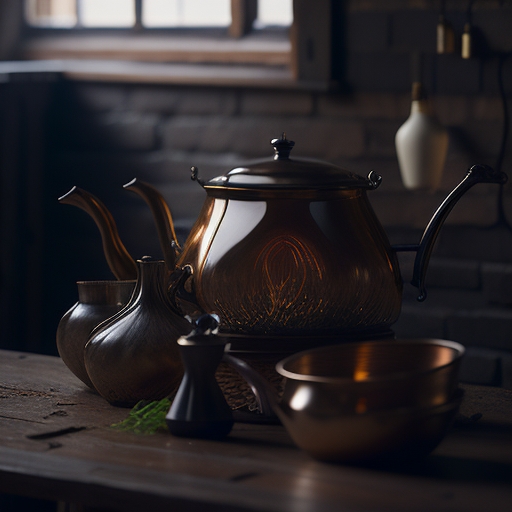
Recommendations for Quality and Budget-Friendly Options:
- For brew kettles, stainless steel options like the SS BrewTech Brew Kettle or budget-friendly options like the Bayou Classic Stainless Steel Brew Kettle are highly recommended.
- Plastic fermenters, such as the Fermenter’s Favorite® 7.9 Gallon Plastic Fermenter, are cost-effective options, while glass carboys like the Northern Brewer Glass Carboy provide durability and clarity.
- Airlocks like the Twin Bubble Airlock or S-shaped Airlock are affordable and reliable choices.
- For thermometers, the ThermoPro Digital Thermometer or the Taylor Precision Products Classic Instant Read Pocket Thermometer offer accuracy and ease of use.
- An affordable and widely used hydrometer is Brewer’s Elite Hydrometer.
- Racking canes and tubing can be found in various sizes and materials, such as the Fermtech Auto-Siphon and food-grade vinyl tubing.
- Bottle cappers like the Red Baron Bottle Capper or the Emily Capper provide reliable sealing options at different price points.
Remember to choose equipment that fits your brewing needs, budget, and personal preferences. Investing in quality equipment will contribute to a smoother brewing process and better results in the end.
Step-by-Step Brewing Guide
A. Preparation
Before diving into the brewing process, it’s crucial to prepare your equipment and ensure a clean and sanitized brewing environment. This step sets the foundation for a successful brew and helps prevent contamination. Here’s what you need to do:

- Cleaning and Sanitizing Equipment: Thoroughly clean all brewing equipment, including fermenters, airlocks, tubing, and utensils, using a mild detergent and warm water. Rinse them well to remove any residue. Once cleaned, sanitize all equipment using a suitable sanitizing solution to eliminate any bacteria or wild yeast that could spoil your beer.
- Importance of Hygiene in Brewing: Maintaining proper hygiene is essential throughout the brewing process. Wash your hands thoroughly and avoid touching surfaces that will come into contact with the beer. Keep your brewing area clean and free from potential contaminants.
B. Mashing
Mashing is a critical step in the brewing process where enzymes break down the complex starches in the malt into fermentable sugars. Here’s what you need to know:
- Introduction to Mashing: Mashing involves combining crushed malt with hot water to activate enzymes that convert starches into sugars. This creates a sweet liquid called wort, which will later be fermented.
- Different Mashing Techniques and Their Effects: There are various mashing techniques, including single-infusion, step-infusion, and decoction mashing. Each technique affects the body, flavor, and fermentability of the beer. Single-infusion mashing is the simplest method, involving a single rest at a specific temperature range.
- Conversion of Starches to Sugars: During mashing, enzymes present in the malt, such as amylase, break down complex starches into simpler sugars, primarily maltose. The temperature and duration of the mash rest influence the efficiency and fermentability of the wort.

C. Boiling and Hopping
Boiling the wort serves multiple purposes, including flavor extraction, sterilization, and enzyme deactivation. Additionally, hops are added during this stage to contribute bitterness, aroma, and flavor to the beer. Here’s what you should know:

- Boiling Process and Its Significance: Boiling the wort sterilizes it, ensuring the elimination of unwanted microorganisms. It also stops enzyme activity and removes volatile compounds. The boil usually lasts around 60 to 90 minutes, but the duration can vary depending on the recipe.
- Flavor Extraction and Sterilization: Boiling facilitates the extraction of hop flavors, essential oils, and bitterness. Hops added at different times during the boil contribute to different aspects of the beer’s flavor profile. The heat of the boil also helps eliminate any potential off-flavors and sanitizes the wort.
- Selecting and Adding Hops for Bitterness and Aroma: Choosing the right hops and determining the amount and timing of their addition is crucial for achieving the desired bitterness and aroma. Hops added early in the boil contribute more bitterness, while late additions contribute more aroma. Dry hopping can be done during or after fermentation to enhance hop aromas.
D. Fermentation
Fermentation is where the magic happens. Yeast consumes the sugars in the wort and converts them into alcohol, carbon dioxide, and various flavor compounds. Here’s what you need to consider during fermentation:
- Role of Yeast in Fermentation: Yeast is responsible for converting the sugars in the wort into alcohol and carbon dioxide through the process of fermentation. Different strains of yeast produce different flavors, aromas, and alcohol levels.
- Temperature Control for Optimal Fermentation: Controlling the fermentation temperature is crucial for achieving desired flavors and preventing off-flavors. Different yeast strains have specific temperature ranges for optimal fermentation. Use a thermometer and a fermentation chamber or temperature-controlled environment to maintain a stable temperature.
- Secondary Fermentation and Its Benefits: Some brewers choose to transfer the beer to a secondary fermenter after primary fermentation. This allows for further clarification and maturation of the beer. However, it is not always necessary and depends on the beer style and personal preference.

E. Carbonation and Packaging
Once fermentation is complete, it’s time to carbonate the beer and prepare it for packaging. Carbonation adds the desired level of fizz, while packaging ensures the beer is preserved and ready for consumption. Here’s what you should know:
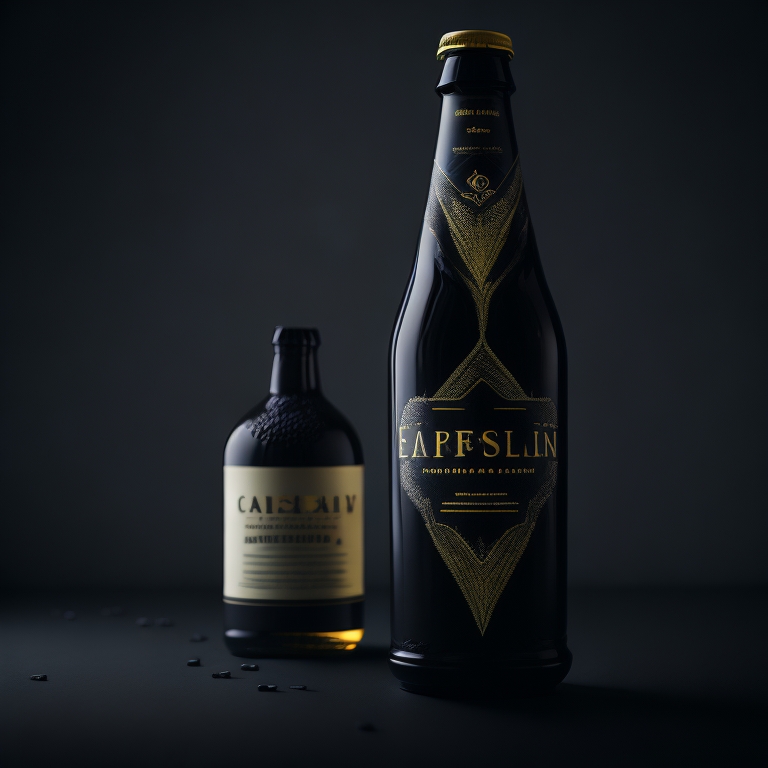
- Methods of Carbonating Beer: There are two primary methods of carbonating beer: priming and force carbonation. Priming involves adding a small amount of fermentable sugar to the beer before bottling, allowing the remaining yeast to produce carbonation naturally. Force carbonation involves using carbon dioxide gas to carbonate the beer in a keg or other pressurized vessel.
- Pros and Cons of Different Carbonation Techniques: Priming is traditional and often preferred for homebrewers, as it can contribute to better mouthfeel and flavor development over time. Force carbonation provides more control over carbonation levels and is quicker but may require additional equipment.
- Packaging Options for Different Beer Styles: Depending on the beer style and personal preference, you can choose to package your beer in bottles or kegs. Bottling allows for easy sharing and portability, while kegging is convenient for home bars and kegerators. Consider using appropriate bottles, caps or corks, and a capping or corking device for bottling.
By following these step-by-step instructions and paying attention to the details of each brewing stage, you’ll be well on your way to creating delicious and satisfying homebrewed beer.
Troubleshooting and Tips
Even experienced brewers encounter challenges during the brewing process. Understanding common issues and knowing how to troubleshoot them can help you overcome obstacles and improve the quality of your beer. Here are some common problems and tips for achieving consistency and enhancing the overall brewing experience:
Common Issues in Brewing and How to Resolve Them:
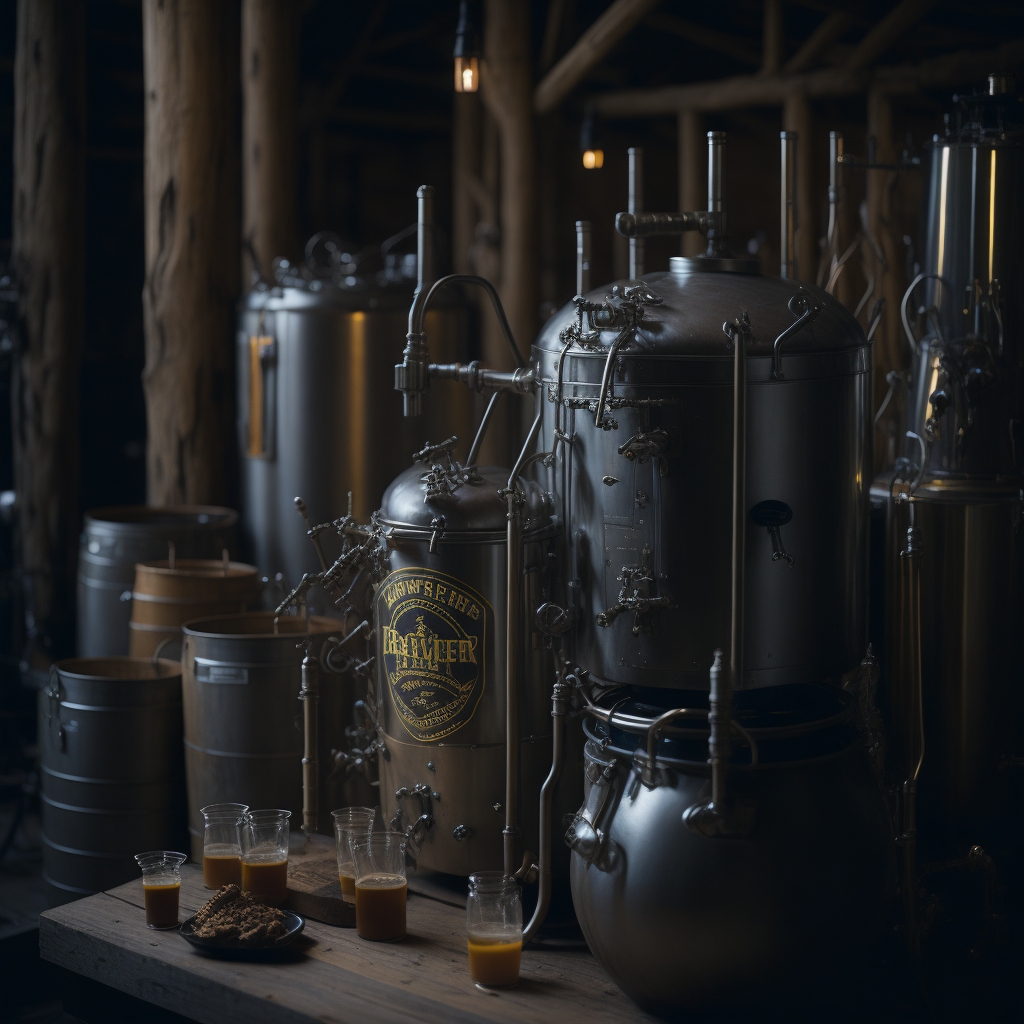
- Off-Flavors: Off-flavors can arise from factors such as improper fermentation temperature, bacterial contamination, or excessive oxidation. Identify the specific off-flavor and trace it back to its potential cause. Adjust fermentation temperature, improve sanitation practices, and minimize exposure to oxygen during brewing and packaging.
- Cloudy Beer: Cloudiness can result from inadequate clarification, incomplete fermentation, or poor yeast handling. Use fining agents, such as gelatin or Irish moss, to aid in clarification. Ensure fermentation is complete before bottling or kegging, and handle yeast carefully to avoid excessive sediment in the final product.
- Low Carbonation: Insufficient carbonation may be due to errors in priming sugar measurement or incomplete fermentation. Check the accuracy of your priming sugar calculations and ensure proper fermentation before bottling. Adjust priming sugar levels as needed for desired carbonation levels.
- High Carbonation or Overcarbonation: Excessive carbonation can cause gushing or over-pressurized bottles. Check the accuracy of your priming sugar measurements and consider reducing the amount used. Allow bottles to condition at a cooler temperature to slow down carbonation.
- Infection: Infections can lead to off-flavors, unusual aromas, or even spoiled beer. Maintain strict sanitation practices throughout the brewing process, including cleaning and sanitizing equipment, minimizing exposure to airborne contaminants, and practicing good hygiene.
Tips for Consistency and Quality Improvement:
- Document Your Process: Keep detailed brewing notes, including ingredient quantities, temperatures, and fermentation durations. This will help you replicate successful batches and identify areas for improvement.
- Control Fermentation Temperature: Consistent fermentation temperatures contribute to better flavor development and yeast activity. Use a fermentation chamber or temperature control device to maintain optimal temperatures for the yeast strain you’re using.
- Oxygen Control: Minimize exposure to oxygen during brewing and packaging to prevent oxidation, which can lead to stale flavors. Limit splashing, use an auto-siphon when transferring beer, and ensure tight seals on fermentation vessels and bottles.
- Quality Ingredients: Invest in high-quality ingredients, including fresh malt, hops, and yeast. Using fresh ingredients will enhance the flavors and aromas of your beer.
- Practice Patience: Allow your beer sufficient time to ferment, condition, and mature. Rushing the process can result in subpar flavors and incomplete fermentation.
- Seek Feedback: Share your beer with knowledgeable brewers or join a homebrewing community to receive constructive feedback and learn from experienced brewers.
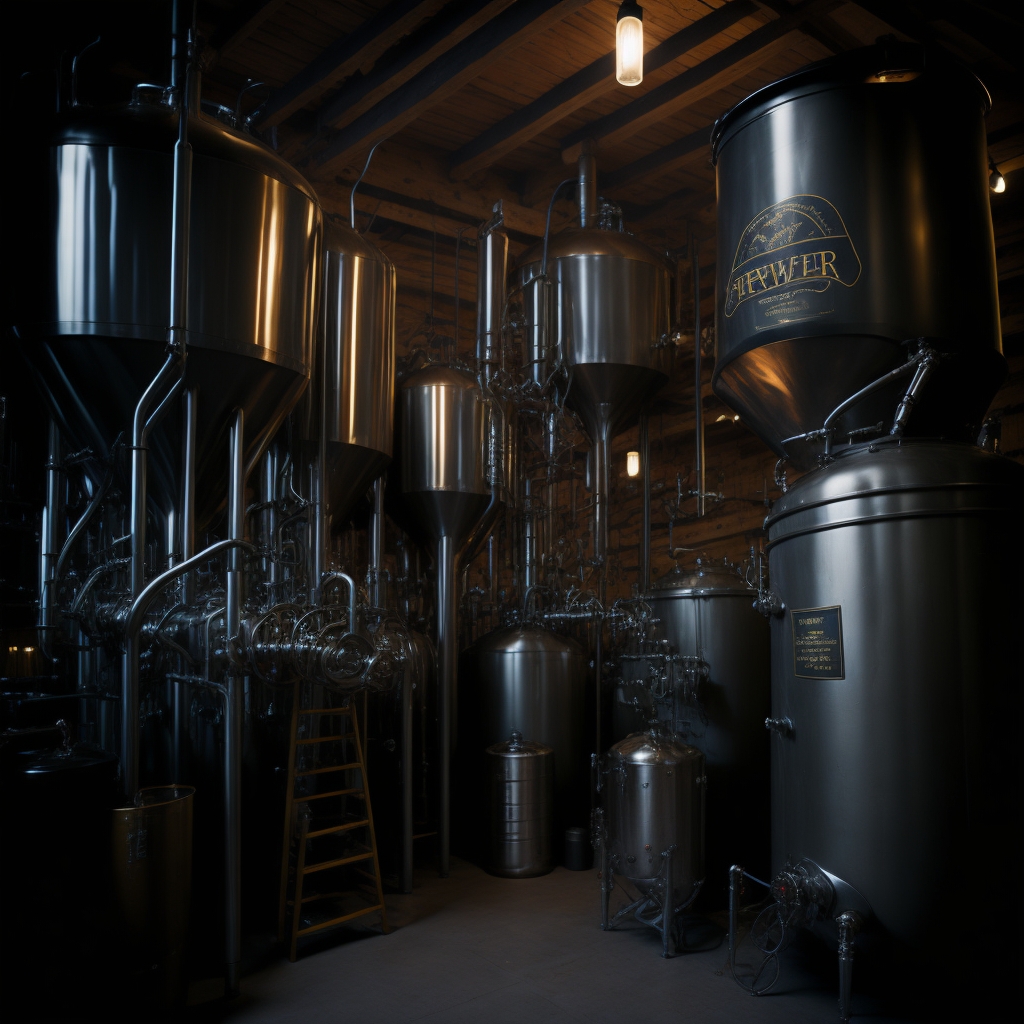
By addressing common brewing issues and implementing these tips, you’ll be well on your way to brewing consistent, high-quality beer that you can be proud of. Remember, brewing is both an art and a science, and continuous learning and experimentation are key to mastering the craft.
FAQ’s
Homebrewing can raise many questions, especially for beginners. Here are answers to some frequently asked questions to provide clarity and guidance in your brewing journey:
-
How long does the brewing process typically take?
The brewing process can vary depending on the beer style and fermentation conditions. Generally, it takes around 4 to 6 weeks from brew day to the time your beer is ready to drink. This includes the time for mashing, boiling, fermentation, carbonation, and conditioning. However, some beer styles, such as lagers or high-alcohol beers, may require longer fermentation and conditioning periods.
-
What are the best yeast strains for different beer styles?
There is a wide range of yeast strains available, each contributing unique flavors and aromas to beer. The best yeast strain for a specific beer style depends on the desired flavor profile. For example, lagers typically use bottom-fermenting yeast strains, while ales use top-fermenting yeast strains. Research and experiment with different yeast strains to find the ones that complement the beer style you are brewing.
-
Can I use tap water for brewing?
Tap water can be used for brewing, but it’s important to consider its quality. The mineral content and chlorine levels in tap water can affect the flavor of your beer. If your tap water has a strong chlorine taste or high mineral content, consider using filtered water or treating it with a Campden tablet to remove chlorine. Alternatively, you can use bottled spring water or distilled water and add brewing salts to achieve the desired water profile for your beer style.
-
What is the ideal fermentation temperature range?
The ideal fermentation temperature range depends on the yeast strain you are using. Generally, ale yeast ferments well between 60°F (15.5°C) and 72°F (22°C), while lager yeast prefers cooler temperatures between 45°F (7°C) and 55°F (13°C). It’s important to check the recommended temperature range for the specific yeast strain you are using and maintain a stable temperature within that range to ensure optimal fermentation and flavor development.
-
How do I know if my beer has been contaminated?
Contamination in beer can result in off-flavors, unusual aromas, or visual signs such as mold or unusual growth. If your beer has a sour, vinegar-like, or generally unpleasant taste and aroma, it may indicate contamination. Additionally, if you notice visible signs of mold, floating particles, or excessive sediment that is unusual for the style, contamination could be the cause. Maintaining proper sanitation practices throughout the brewing process and using fresh, uncontaminated ingredients can help prevent contamination.
Remember, brewing is a learning process, and it’s natural to have questions along the way. Don’t hesitate to seek guidance from experienced brewers, join brewing communities, and continue expanding your knowledge to refine your brewing skills and create exceptional beers.
Conclusion
In this comprehensive guide to basic brewing techniques, we have explored the fundamental principles of brewing, the essential equipment needed, a step-by-step brewing process, troubleshooting tips, and answered frequently asked questions. Let’s recap the key points:
- Understanding the components of beer: water, malt, hops, and yeast, and their roles in the brewing process.
- The importance of using quality ingredients for achieving exceptional results.
- Overview of the necessary brewing equipment and recommendations for both quality and budget-friendly options.
- Step-by-step instructions for each stage of the brewing process, from preparation to carbonation and packaging.
- Troubleshooting common issues and tips for improving consistency and quality.
- Answers to frequently asked questions about brewing time, yeast strains, water usage, fermentation temperature, and beer contamination.
Now armed with this knowledge, it’s time to put it into practice and experiment with brewing techniques. Embrace the art of brewing, document your processes, and continue to refine your skills. Don’t be afraid to try new recipes, ingredients, and methods. Remember, brewing is a journey of exploration and creativity, and with dedication and passion, you can create delicious and satisfying beers to share and enjoy with friends and family. Cheers to your brewing adventures!


1 Comment
Pingback: The Surprising Health Benefits of Beer